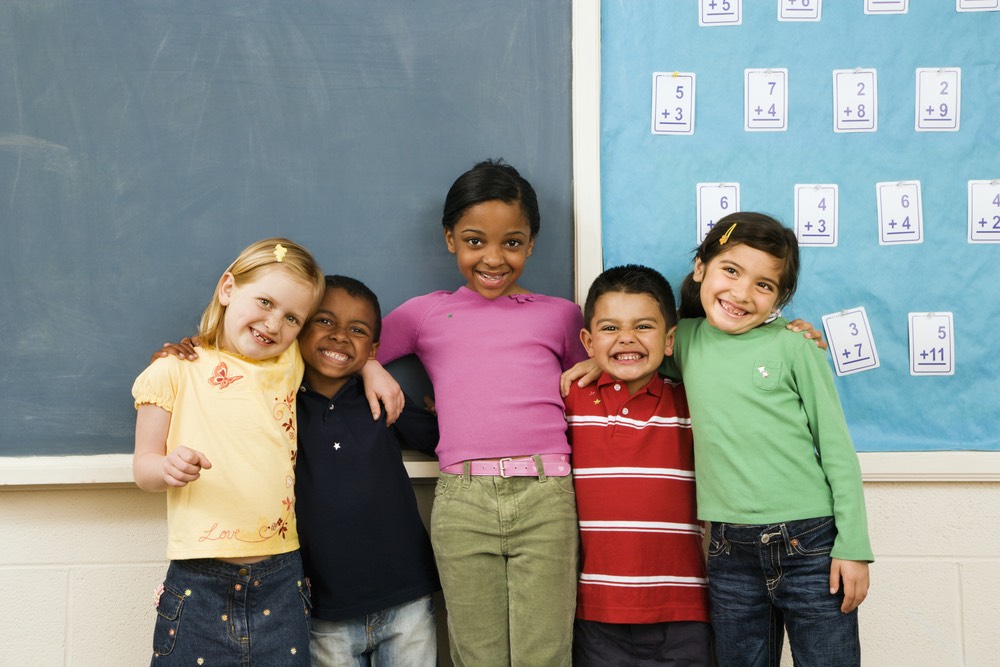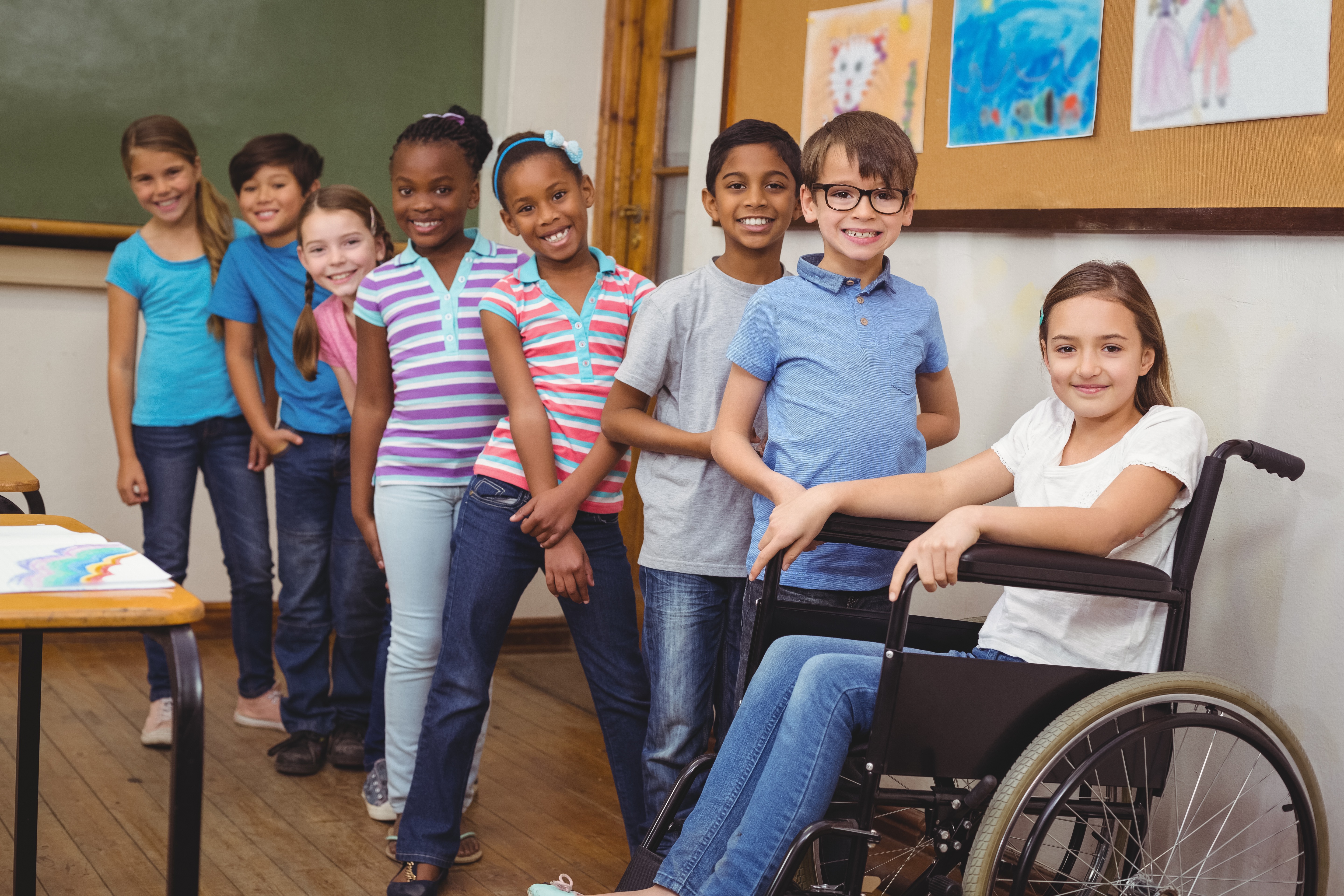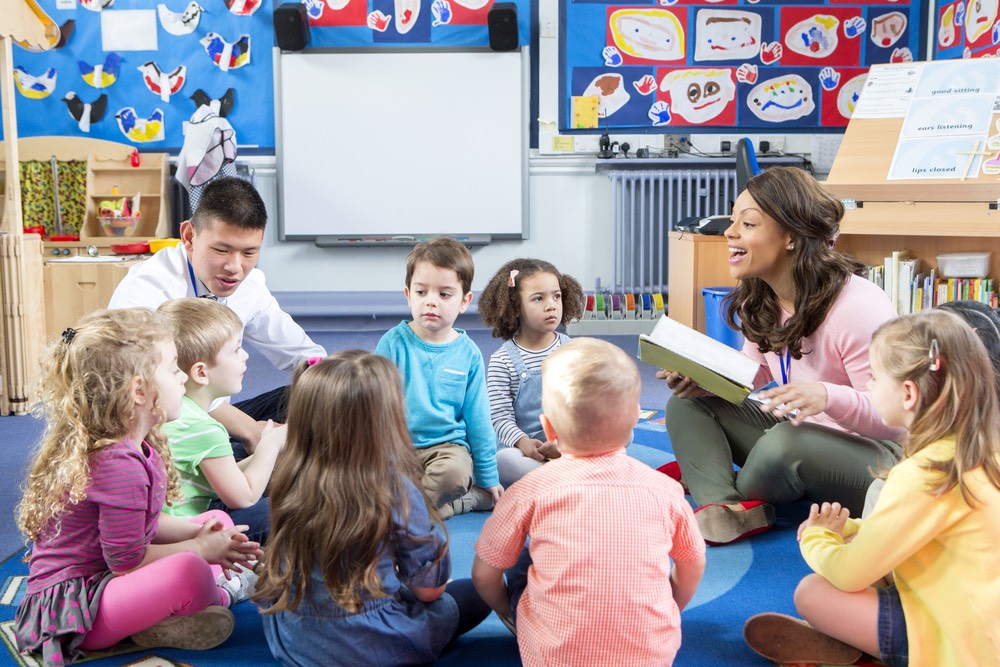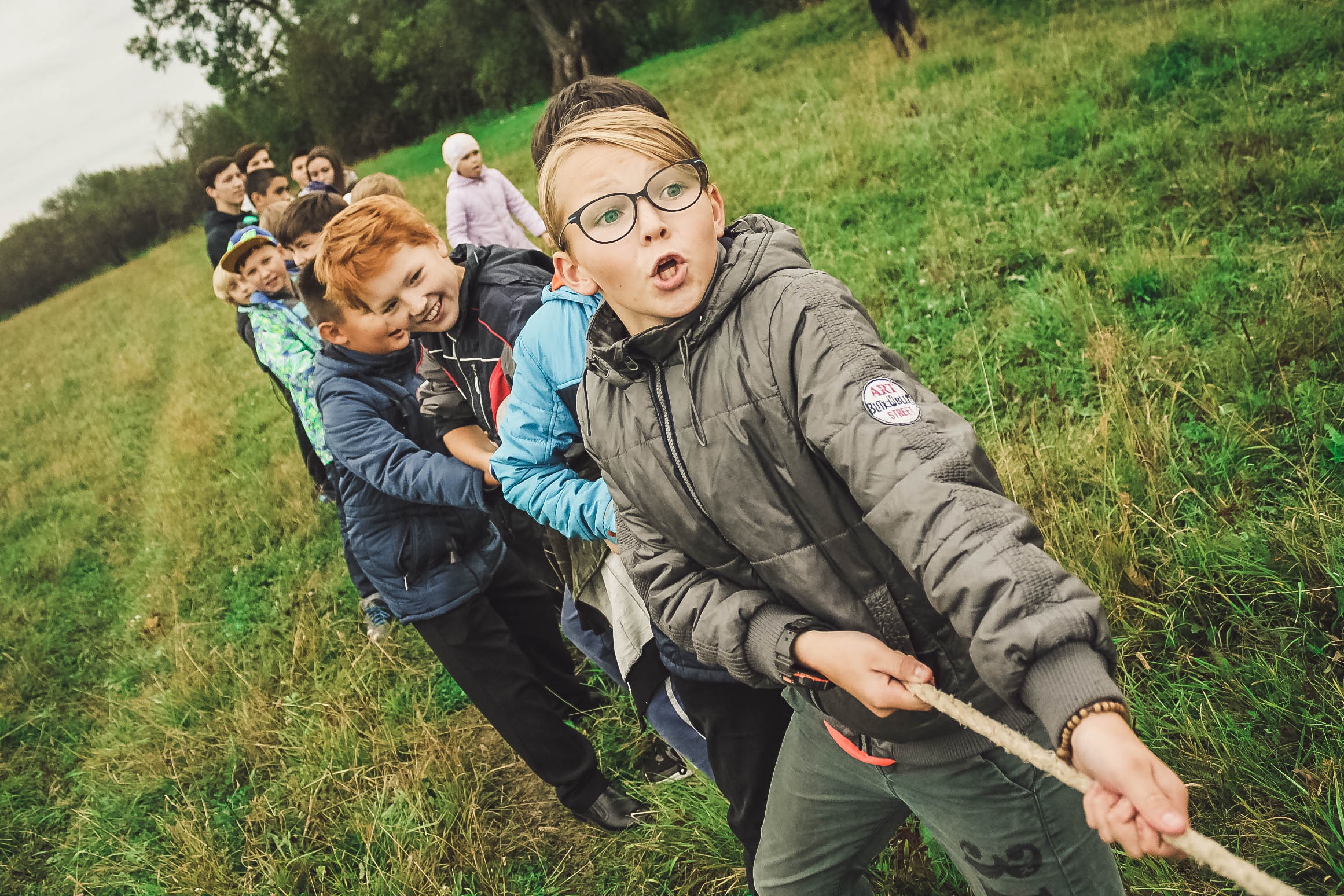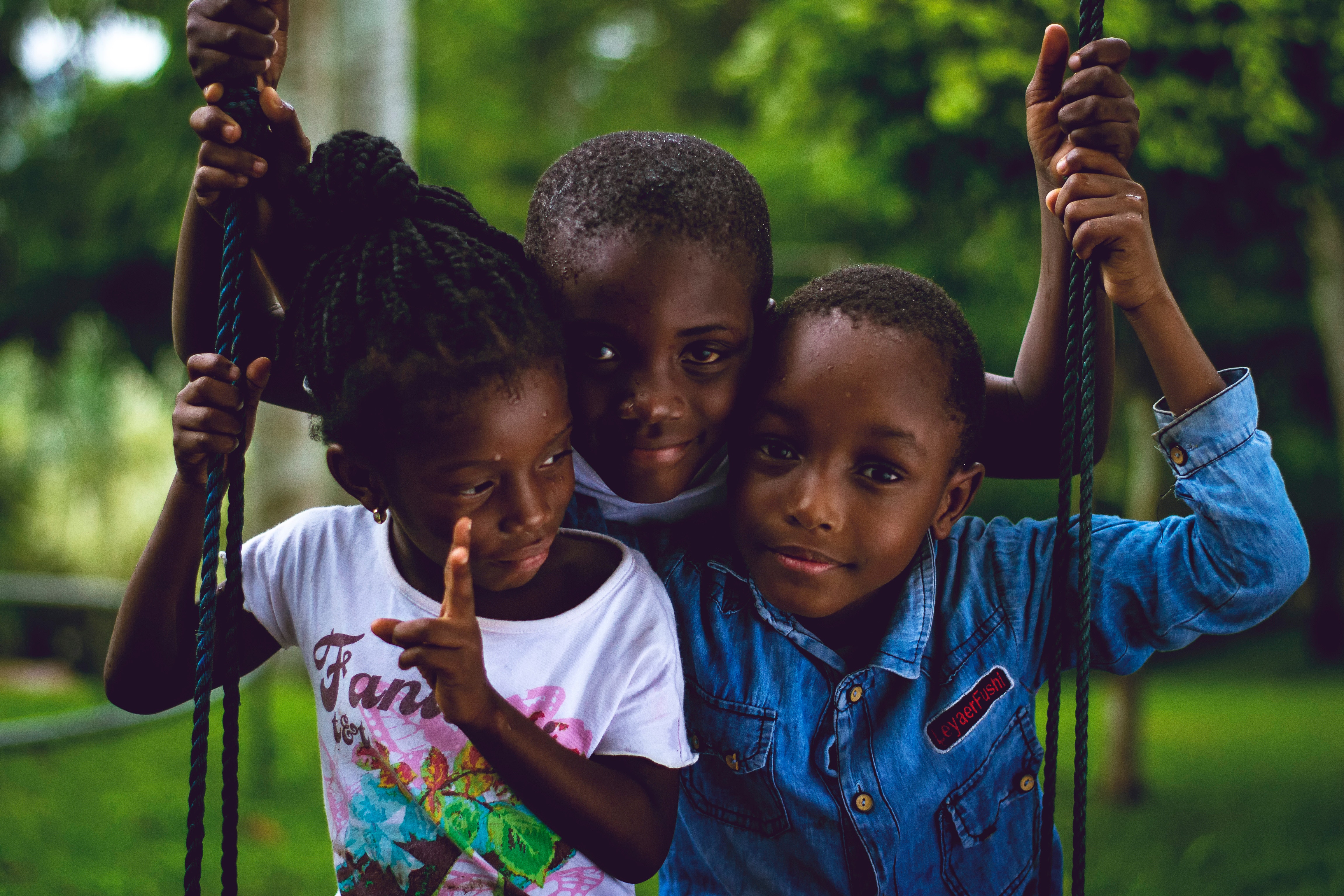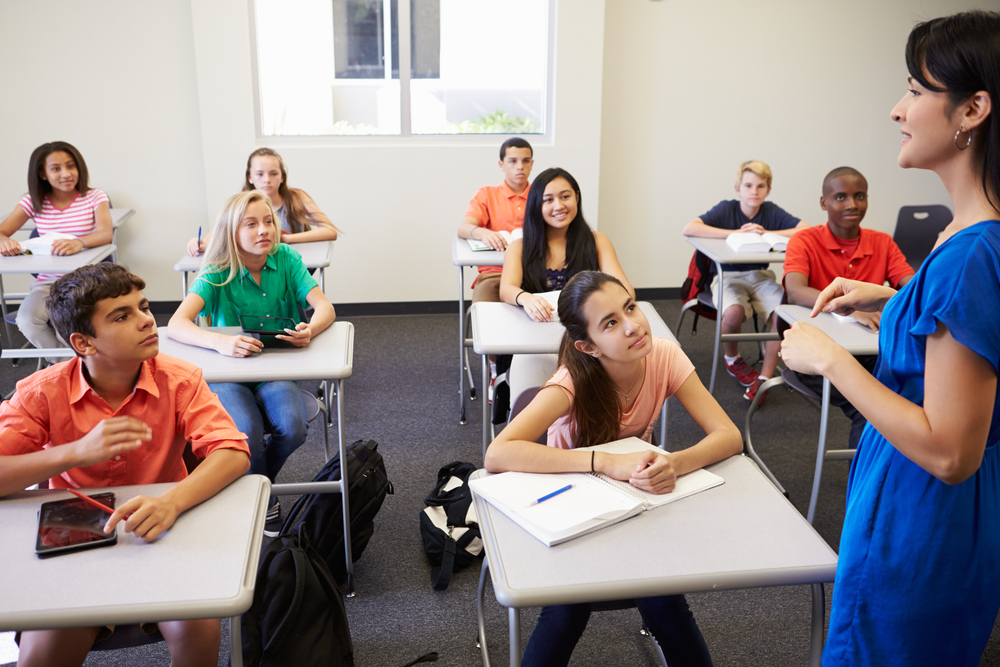Mindfulness
Mindfulness description and rationale

[Mindfulness] involves a willingness to drop in on yourself, to live more in the present moment, to stop at times and simply be rather than get caught up in endless doing while forgetting who is doing all the doing and why. It has to do with not "mis-taking" our thoughts for the truth of things, and not being so susceptible to getting caught in emotional storms, storms that so often only compound pain and suffering, our own and that of others…you don’t have to do anything other than to pay attention and stay awake and aware. (Kabat-Zinn, 2013, pg. xxxi, Full Catastrophe Living)
As we reviewed the literature to incorporate relevant scientific and practical updates to the 2nd edition, we found that mindfulness-based practices are being used with youth and in schools more frequently and with increasing enthusiasm. The following literature caught our attention:
- Mindfulness practices, while rooted in the Buddhist tradition, have been secularized and applied to mental health and wellness and researched over the past 30 years
-
The Mindfulness-Based Stress Reduction Program (Kabat-Zinn) has been a pioneer example of how this
application can be helpful for:
- pain and stress (e.g., Rosenzweig et al., 2011;Marchand, 2012),
- anxiety and depression (e.g., Ramel, et al., 2004; Segal et al., 2002), and
- increasing positive emotional states (e.g., Brown & Ryan, 2003).
- Aspects of mindfulness can be complementary to a cognitive-behavioral approach to social, emotional, and behavioral awareness and regulation (e.g., Broderick & Metz, 2009)
- Brief practices can be used in schools (e.g., Flook, Goldberg, Pinger, Bonus, & Davidson, 2013)
- Preliminary studies evaluating the use of mindfulness with youth in school settings are finding positive findings, with more research needed (see Burke, 2010; Harnett & Dawe, 2012; Meiklejohn et al., 2012; and Zenner et al., 2014, for reviews of this literature).
Following an extensive study of the application of mindfulness practices with youth and in schools, we decided aspects of mindfulness have the potential to compliment the curriculum. Strong Kids is not a mindfulness-centered curriculum. We have preserved the wellness promotion and cognitive-behavioral orientation of the program, while infusing practices and language the reflect aspects of a mindfulness-based approach to awareness and regulation. By infusing brief practices into the Strong Kids programs, we aim to increase students’ awareness of their emotions, thoughts, and behaviors, their ability to manage and regulate emotions and behaviors, take others’ perspectives, develop healthy and reciprocal relationships, make responsible decisions.
Each lesson begins with a mindfulness-based practice called a "Mindfulness-Based Focusing Activity." In keeping with the first edition of Strong Kids, scripts are provided for ease of use. We anticipate that some instructors will not have experience with mindfulness-based practices and will appreciate the guidance provided from these scripts, as well as supplementary information and resources provided in Chapter 4 of the program manuals. All activities are designed to be optional to accommodate those who may wish to opt out. Language is infused throughout the lessons to reframe otherwise overtly judgmental language, such as "good" and "bad," with more constructively reflective words such as "helpful" and "unhelpful." Feedback to date suggests these activities to be well-received.
For additional information regarding our reasoning and process used to incorporate mindfulness into the Strong Kids programs, see Gueldner and Feuerborn, 2015.
References
Beauchemin, J., Hutchins, T. L., & Patterson, F. (2008). Mindfulness meditation may lessen anxiety, promote social skills, and improve academic performance among adolescents with learning disabilities. Complementary Health Practice Review, 13(1), 34-45. https://doi.org/10.1177/1533210107311624
Bishop, S. R., Lau, M., Shapiro, S., Carlson, L., Anderson, N. D., Carmody, J.,… & Devins, G. (2004). Mindfulness: A proposed operational definition. Clinical Psychology: Science and Practice, 11(3), 230-241. doi: 10.1093/clipsy.bph077
Burke, C. A. (2010). Mindfulness-based approaches with children and adolescents: A preliminary review of current research in an emergent field. Journal of Child and Family Studies, 19(2), 133-144. doi: 10.1007/s10826-009-9282-x.
Flook, L., Goldberg, S. B., Pinger, L., Bonus, K., & Davidson, R. J. (2013). Mindfulness for Teachers: A Pilot Study to Assess Effects on Stress, Burnout, and Teaching Efficacy. Mind, Brain, and Education, 7, 182–195. doi: 10.1111/mbe.12026.
Kabat-Zinn, J. (2013). Full catastrophe living. (Revised Edition). New York, NY: Bantam.
Gueldner, B. A. & Feuerborn, L. L. (2016). Bridging mindfulness-based practices with social and emotional learning: A conceptual review and application. Mindfulness, 7(1), 164-175. doi: 10.1007/s12671-015-0423-6
Greenberg, M. T., & Harris, A. R. (2011). Nurturing mindfulness in children and youth: Current state of research. Child Development Perspectives, 6, 161–166. doi: 10.1111/j.1750-8606.2011.00215.x
Harnett, P. H., & Dawe, S. (2012). The contribution of mindfulness‐based therapies for children and families and proposed conceptual integration. Child and adolescent mental health, 17(4), 195-208. doi: 10.1111/j.1475-3588.2011.00643.x
Marchand, W. R. (2012). Mindfulness-based stress reduction, mindfulness-based cognitive therapy, and Zen meditation for depression, anxiety, pain, and psychological distress. Journal of Psychiatric Practice, 18(4), 233-252. doi: 10.1097/01.pra.0000416014.53215.86
Maynard, B. R., Solis, M., Miller, V., & Brendel, K. E. (2017). Mindfulness-based interventions for improving cognition, academic achievement, behavior and socio-emotional functioning of primary and secondary students. Campbell Systematic Reviews, 5. 10.4073/csr.2017.5
Meiklejohn, J., Phillips, C., Freedman, M. L., Griffin, M. L., Biegel, G., Roach, A., ... & Saltzman, A. (2012). Integrating mindfulness training into K-12 education: Fostering the resilience of teachers and students. Mindfulness, 3(4), 291-307. doi: 10.1007/s12671-012-0094-5.
Zenner, C., Herrnleben-Kurz, S., & Walach, H. (2014). Mindfulness-based interventions in schools—a systematic review and meta-analysis. Frontiers in psychology, 5. https://doi.org/10.3389/fpsyg.2014.00603
